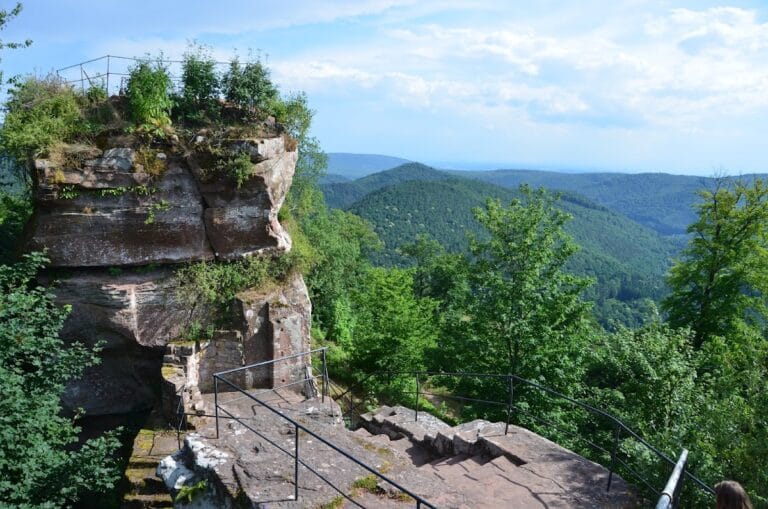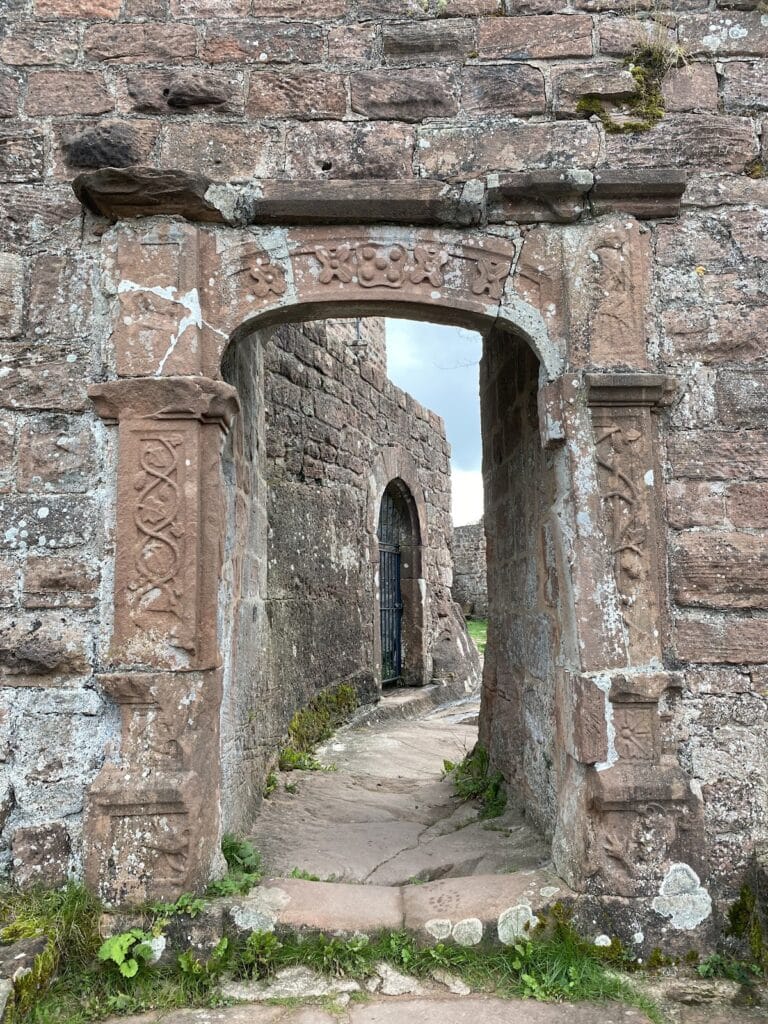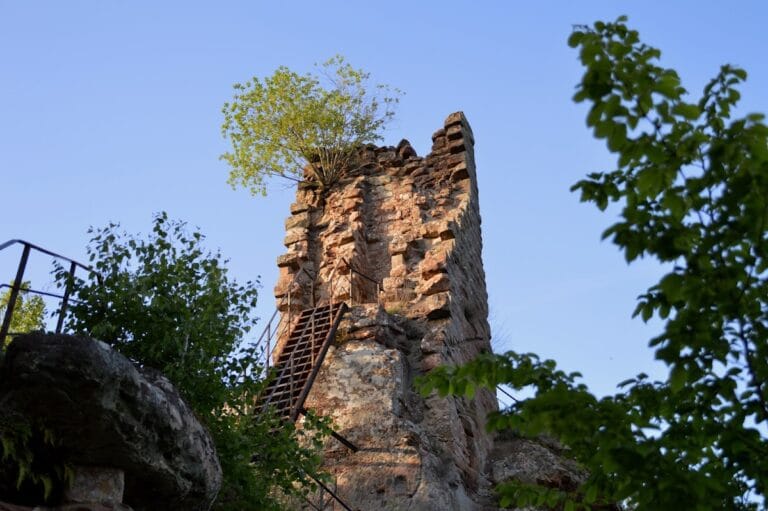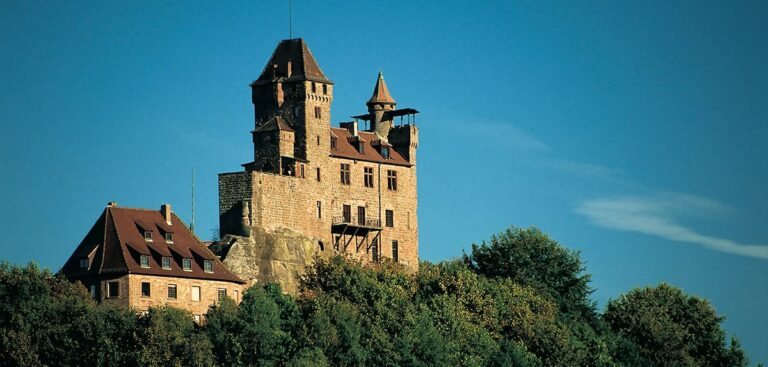Castle of Fleckenstein: A Historic Fortress in Alsace, France
Visitor Information
Google Rating: 4.6
Popularity: Medium
Google Maps: View on Google Maps
Official Website: www.fleckenstein.fr
Country: France
Civilization: Medieval European
Remains: Military
History
The Castle of Fleckenstein is located in Lieu-dit Fleckenstein, 67510 Lembach, in the Alsace region of northeastern France, near the modern border with Germany. It was built in the early 12th century by the barons of Fleckenstein, a noble family closely linked to the Holy Roman Emperor. The castle served as their ancestral home and remained under their control until the family line ended in 1720.
During the 15th and 16th centuries, the castle was divided between two branches of the Fleckenstein family. This shared ownership was formalized through a “peace castrale,” a charter that regulated the joint use of the fortress. The castle also provided refuge during the Thirty Years’ War (1618–1648), a period of widespread conflict in central Europe.
In the late 17th century, the castle faced military action during the wars involving France. In 1674, French troops led by Marshal Vauban occupied the castle without resistance. Later, in 1689, during the Nine Years’ War, the fortress was deliberately destroyed by explosion on orders from General Joseph de Montclar, acting under King Louis XIV.
After the death of the last Fleckenstein baron in 1720, the castle passed through various private owners, including members of the bourgeoisie and military figures. It became state property in 1919. The site was recognized for its historical value early on, being classified as a historic monument by German authorities in 1898 and later confirmed by French authorities in 1933.
Between 1992 and 1997, archaeological excavations focused on the castle’s summit platform, uncovering features such as water cisterns, kitchen areas, and the donjon. Restoration and safety work took place from 1997 to 2000, followed by the development of interpretive paths by 2005.
Remains
The Castle of Fleckenstein is a semi-troglodytic fortress built atop a prominent red sandstone rock formation known as the “Barre.” This natural rock ridge measures about 90 meters in length, 10 to 15 meters in width, and rises approximately 30 meters high. The entire castle complex, including the lower courtyard, covers roughly 120 by 60 meters. Its overall shape resembles a ship.
The oldest surviving elements date from the Romanesque period and include staircases and chambers carved directly into the rock. A summit cistern, used to collect rainwater, is also part of this early phase. The well tower, which contains a deep well estimated between 50 and 100 meters, has a lower section from the 13th century, with upper parts added during the 15th and 16th centuries.
Defensive structures include curtain walls, towers, ditches, and a barbican, which is a fortified gateway. Remains of a square donjon, or main tower, are located centrally on the upper plateau. Other features include cellars, residential buildings, a stair turret, and a rock-hewn prison with a small window covered by wood. An archive room survives with doors bearing the Fleckenstein family coat of arms.
The castle had an advanced rainwater collection system that fed a filtration cistern. A hoist mechanism known as a “treuil à roue d’écureuil,” or squirrel cage winch, was used to lift water and supplies to the upper floors. The stair tower is decorated with the coats of arms of Frédéric de Fleckenstein and his wife Catherine de Cronberg, dating to the mid-16th century.
On the south side, a high wall with two slender semicircular towers was constructed around 1500 to protect the overhanging rock. One of these towers includes a small sally port, a hidden door used for quick exits or surprise attacks. The ring wall on the northwest side dates from the 13th century, while most of the surviving masonry comes from the 15th and 16th centuries.
Today, the castle stands as a stabilized ruin. Some elements, such as a treadwheel crane, have been reconstructed to illustrate original functions. Interpretive paths guide visitors through the site, highlighting its historical and architectural features.










